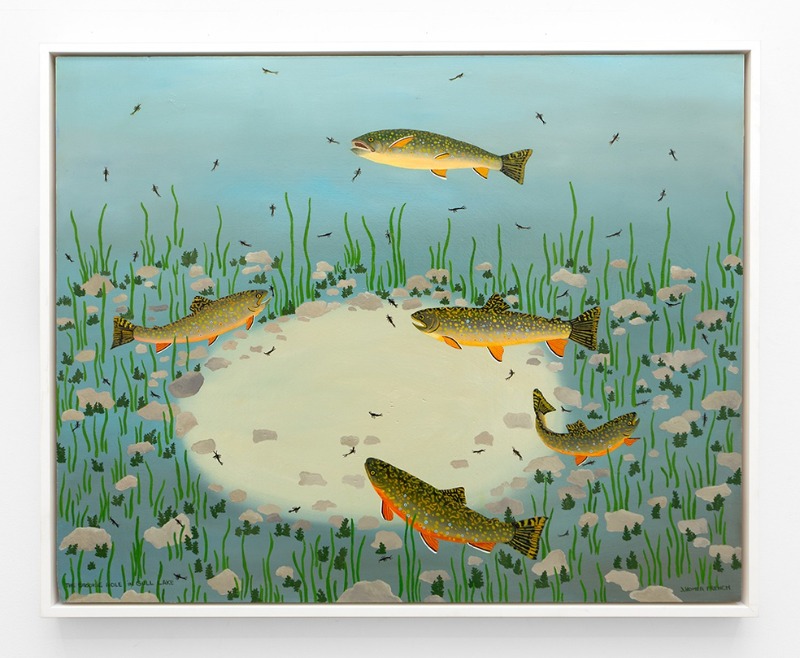
| Period| | 2021.05.29 - 2021.06.24 |
|---|---|
| Operating hours| | 10:00 - 18:00 |
| Space| | VSF(Various Small Fires)/Seoul |
| Address| | 79, Dokseodang-ro, Yongsan-gu, Seoul, Republic of Korea |
| Closed| | SUNDAY, MONDAY |
| Price| | Free |
| Phone| | 070-8884-8040 |
| Web site| | 홈페이지 바로가기 |
| Artist| |
제시 호머 프렌치,Jessie Homer French
|
정보수정요청



|
|
Exhibition Information
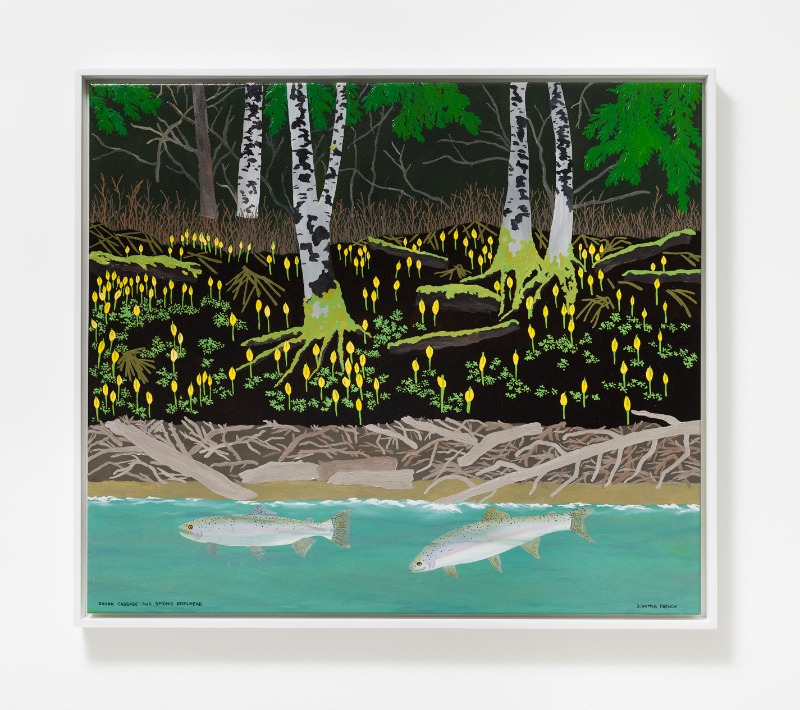
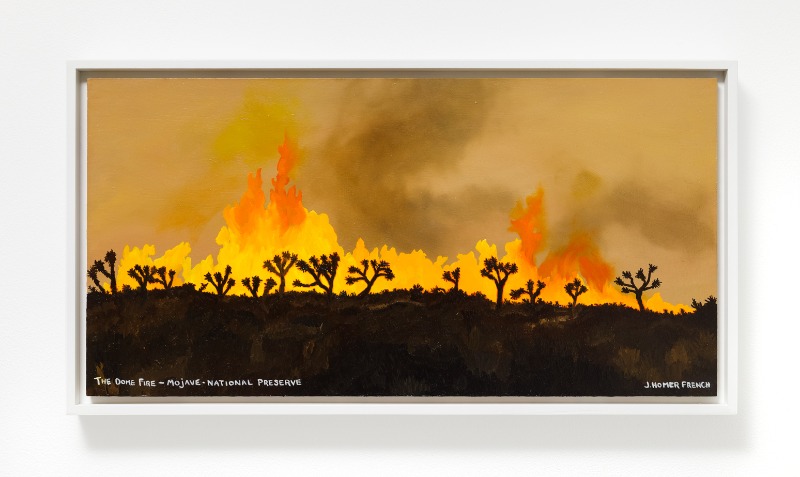
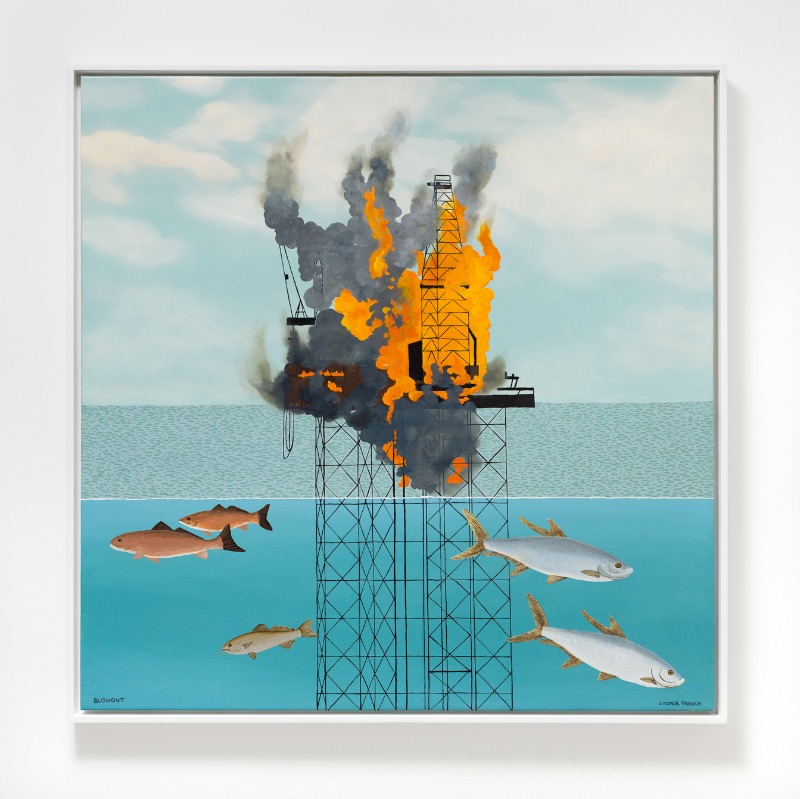
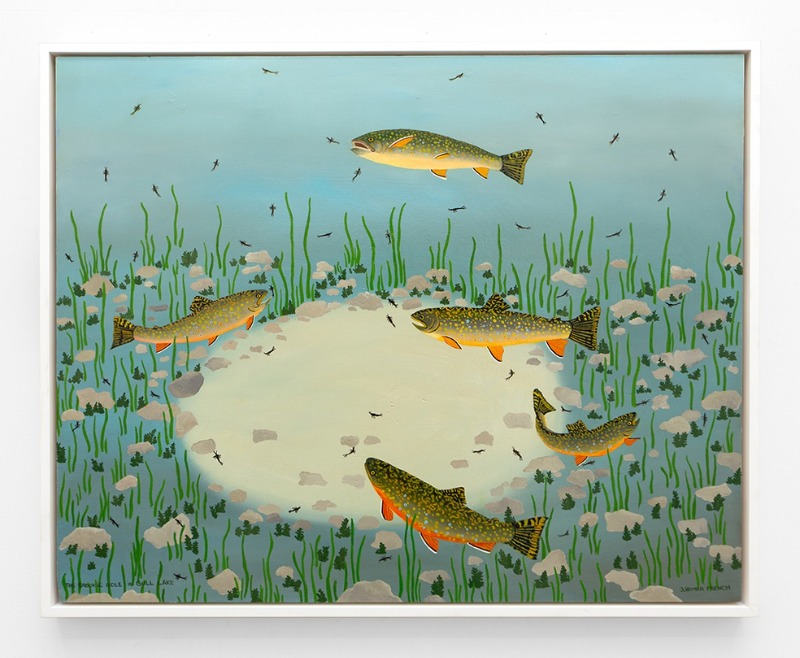
Various Small Fires is pleased to present Skunk Cabbage, an exhibition of paintings by American artist Jessie Homer French in Seoul, Korea. This is the artist’s first solo presentation in Asia and third with VSF. For over a decade, the artist has lived in the desert mountains several hours outside of Los Angeles — it is this landscape, along with the surrounding Western United States, that the artist consistently returns to in her practice. For the artist’s debut in South Korea, VSF has selected a group of works from the artist’s studio based on French’s personal narratives around water and wildfires — two central themes that have transfixed Homer French for decades — alongside the artist’s self-named “mapestries,” the latter of which are shown here for the first time with VSF. The artist is an avid fly-fisher with an intimate familiarity with local bodies of water, a personal relationship visualized and honored via her painstaking renderings of her favored fishing locales, as seen in Big Brown in Grant Lake. Meanwhile, Homer French’s personal writing on her work reveals an intimate knowledge of fish: Brookie Hole in Gull Lake, for instance, documents Brook Trout — “brookies,” as Homer French affectionately calls them. According to the artist, although the shallow Gull Lake heats up in the summer, “Brook Trout prefer cold water — an icy spring comes up in the bottom of the lake and the brookies hang out there.” Meanwhile, Blowout documents an oil rig fire in the Gulf of Mexico, with Red Drums, Weakfish, and Tarpons swimming furiously, albeit futilely, away from the source of danger. For the artist, fish are not abstract symbols but central characters. In highlighting the oil rig fire’s immediate impact on three particular species indigenous to the contaminated gulf, Homer French issues an urgent call for climate justice as aquatic life suffers in the face of human negligence. As wildfires continue to scorch Southern California — a result of prolonged drought conditions and rising temperatures brought on by climate change — Homer French has expressed commitment to continue painting them. The Dome Fire, which incinerated over 43,000 acres in August of 2020, came within a few score miles of Homer French’s home in the California desert, is documented in the artist’s painting of the same name. The fire stripped hundreds of thousands of trees, creating a graveyard of skeletons much like the frail, blackened tree forms in Burnout. These same themes are woven into the artist’s mapestry works, sewn tapestries that here chart the contour of the Western coast of the United States and Mexico. Simultaneously quilt and collage, the works on display here were created to safely hang over beds in earthquake-ridden California. Often taking earthquakes themselves as their subject, the mapestries testify to the artist’s dark sense of humor around death and mortality. These textile works also share a common stylistic thread with the artist’s paintings. The mapestries are assembled in part from large single-toned pieces of cloth, which in turn create flattened, tan stretches of land, their surfaces punctuated by Homer French’s appliqued annotations — mountains, fires, lakes. This same oscillation between an abstracted flatness and intimate detail, one of the hallmarks of the artist’s practice, exists in many of the painted works hanging here. Via the works in Skunk Cabbage, one gains close proximity to the artist’s personal narrative, intimately tied to her relationship with the West Coast’s natural landscape. — Jessie Homer French (b. 1940, New York, lives and works in Mountain Center, California) routinely paints archetypes of death, nature and rural life. She has held solo exhibitions including Massimo De Carlo, London; Mother’s Tankstation, Dublin and London; Armory Center for the Arts, Pasadena; Craig Krull Gallery, Santa Monica; Winchester Gallery, Canada; and Ankrum Gallery, Los Angeles. Her work has also been included in group exhibitions at François Ghebaly, Los Angeles; CLEARING, New York; Palm Springs Museum; Laguna Art Museum, Laguna Beach; and Samuel Freeman Gallery, Santa Monica. French’s work is included in the permanent collection of the Palm Spring Art Museum and the Smithsonian American Art Museum.
